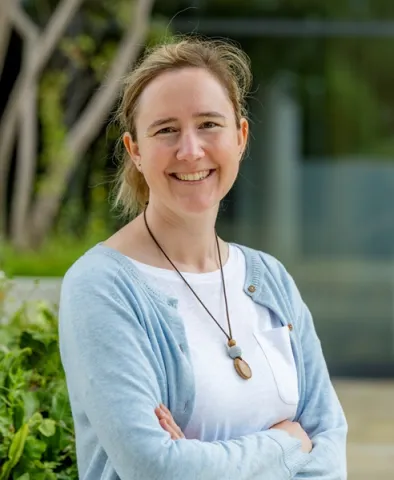About the project
Existing buildings need to completely decarbonise comfort at scale by 2050 in the face of a warming climate, and the materials and methods needed to do this are relatively clear. However, the implications of energy-efficient retrofit and energy source switching at scale for adaptive and normative comfort (thermal, air quality, liveability) are not well understood.
We also know very little about how these new or retrofitted buildings perform over their life-course making evidence-based design extremely difficult. Crucially, due to a combination of global warming, cost of living crisis and shifting norms of thermal comfort, there are also significant risks of lock-in to ad-hoc, climate-harming and energy intensive systems.
This research project will explore the intersection between the following themes:
Adaptive thermal comfort
Understanding how different combinations of passive and active building design, materials, methods and occupant cultures, norms and practices contribute to comfort (both heating and cooling), at all scales from the personal (wearable) to the city. This will lead to innovative socio-technical solutions that avoid sub-optimal techno-lock-in
Internal air quality
Understanding and finding economic solutions that substantially improve internal air quality in new or retrofitted buildings.
Tools and analytic methods to deeply instrument buildings at scale
Applying Internet of Things (IoT) or digital transformation approaches to detailed monitoring of building performance over extended periods of time. This deep measurement will underpin innovation in the other strands and also enable evidence-based (as opposed to the current assumption-based) simulation of future buildings at highly granular scales using novel digital-twin and interpretable data-driven models (AI/ML).

